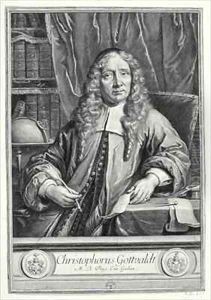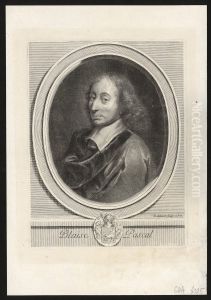Gerard Edelinck Paintings
Gerard Edelinck was a prominent Flemish engraver, born in Antwerp, Belgium, in 1640. His remarkable skills in the art of engraving positioned him as one of the leading figures in the development of this craft during the late 17th century. Edelinck's early life in Antwerp, a city famed for its vibrant artistic community, provided him with a fertile ground for nurturing his innate talents. However, it was in Paris, France, where he truly flourished and made a lasting impact on the art world. He moved to Paris around the mid-1660s, where he eventually became a naturalized French citizen, reflecting his deep integration into the French cultural and artistic milieu.
Edelinck's work is characterized by its exquisite detail, precision, and the ability to capture the essence of his subjects, which ranged from portraits to religious and historical scenes. His engravings were highly sought after by the aristocracy and the intellectual elite of his time, making him a favored artist among the court and beyond. He had the honor of working closely with some of the most renowned artists of his era, including Charles Le Brun, the chief painter to King Louis XIV, translating their works into engravings that were celebrated for their beauty and accuracy.
One of the hallmarks of Edelinck's technique was his mastery of the burin, a tool used in engraving, which allowed him to achieve remarkable levels of detail and subtlety in shading. This skill made his works stand out for their lifelike quality and depth, setting new standards in the field of engraving. Among his most famous works are the engravings of Cardinal de Richelieu, King Louis XIV, and the replication of Raphael's Transfiguration, which were acclaimed for their technical brilliance and fidelity to the originals.
Gerard Edelinck's contributions to the art of engraving were not only limited to his artistic outputs but also included his role as a teacher. He trained numerous apprentices, thereby ensuring the continuation of his techniques and standards of excellence. His influence extended beyond France, impacting the development of engraving across Europe. Edelinck passed away in Paris in 1707, leaving behind a legacy that would continue to inspire artists and collectors for generations. His works remain a testament to the heights that the art of engraving can achieve, embodying a blend of technical prowess and artistic vision that remains unparalleled.

